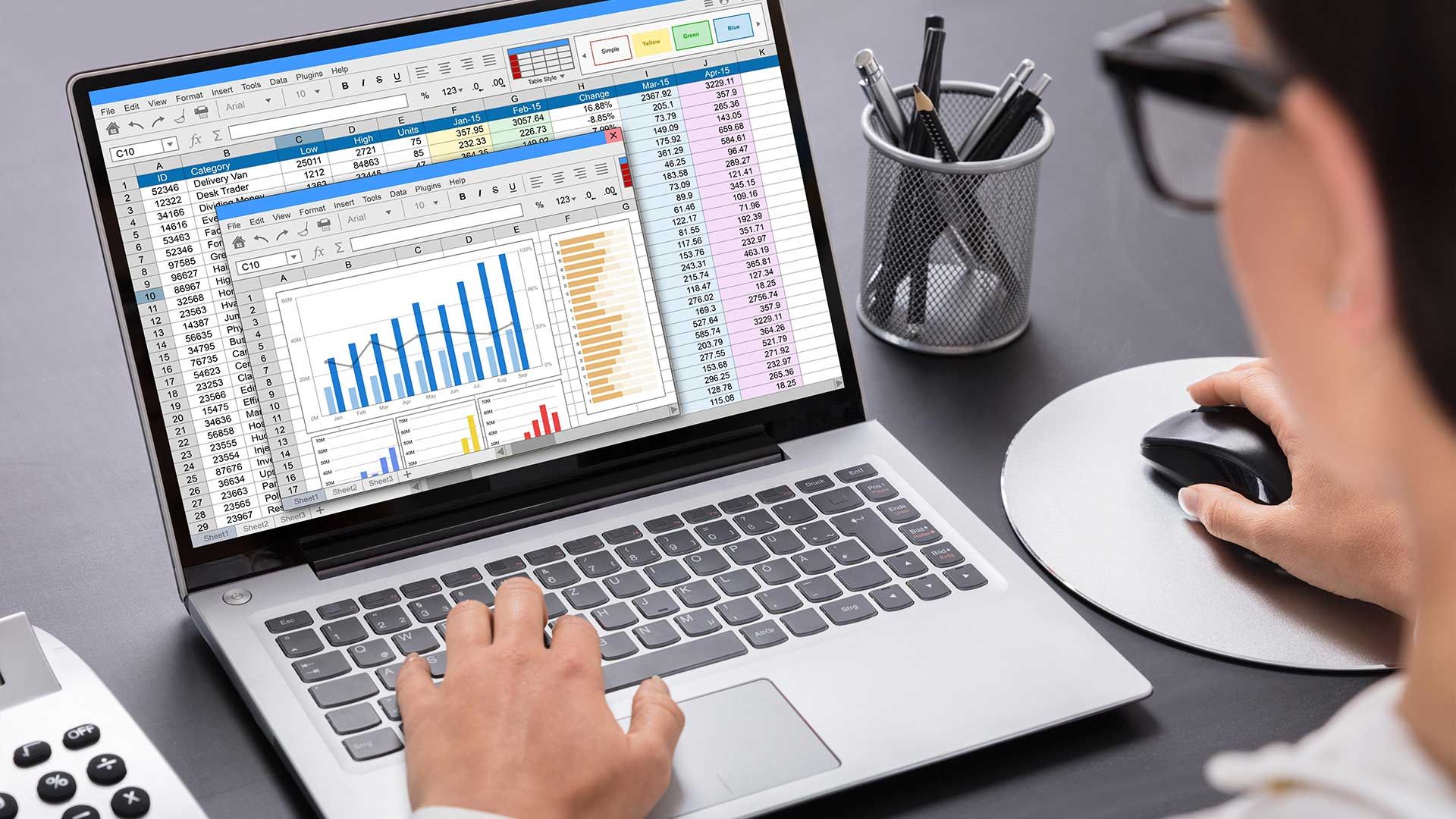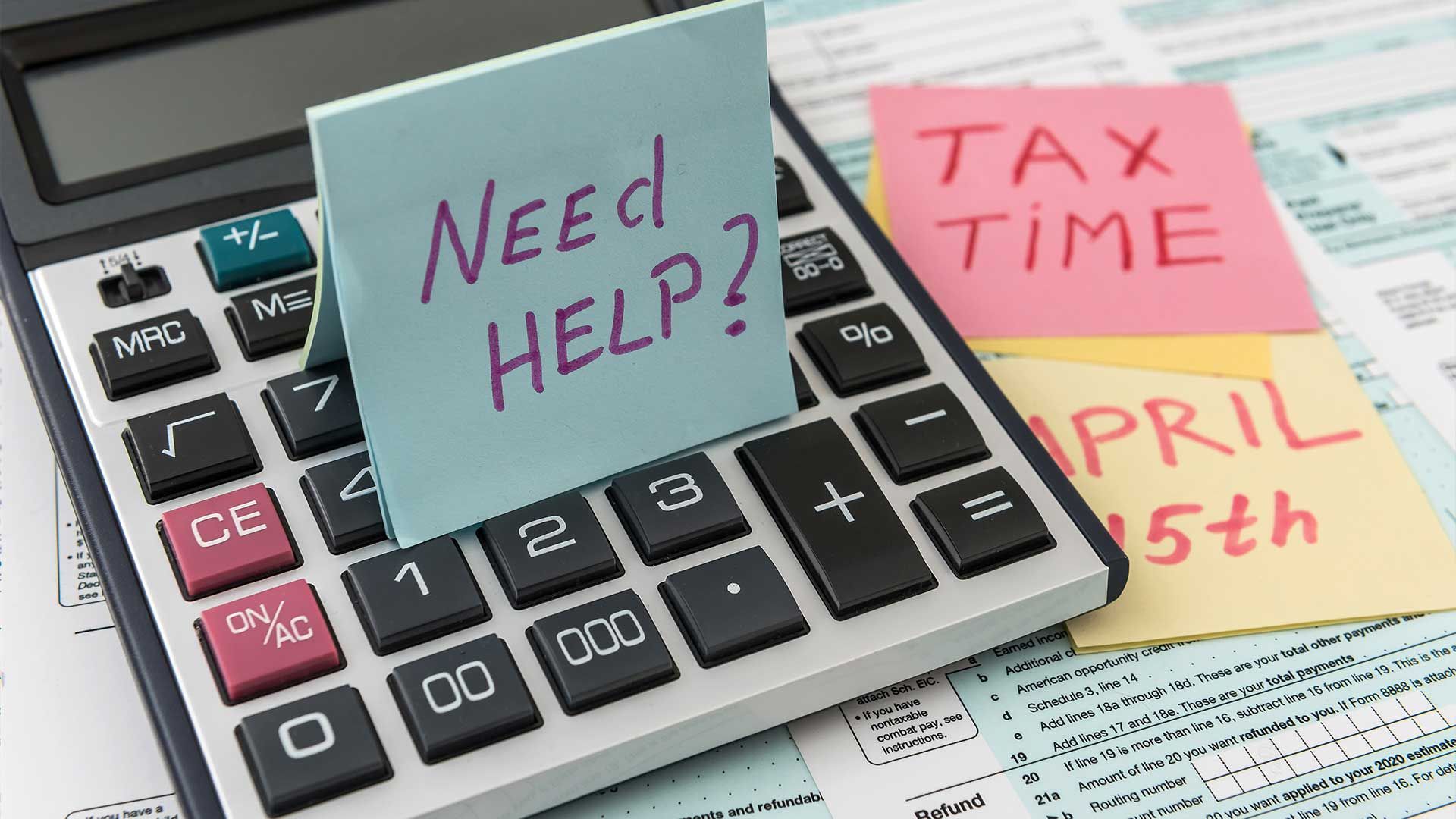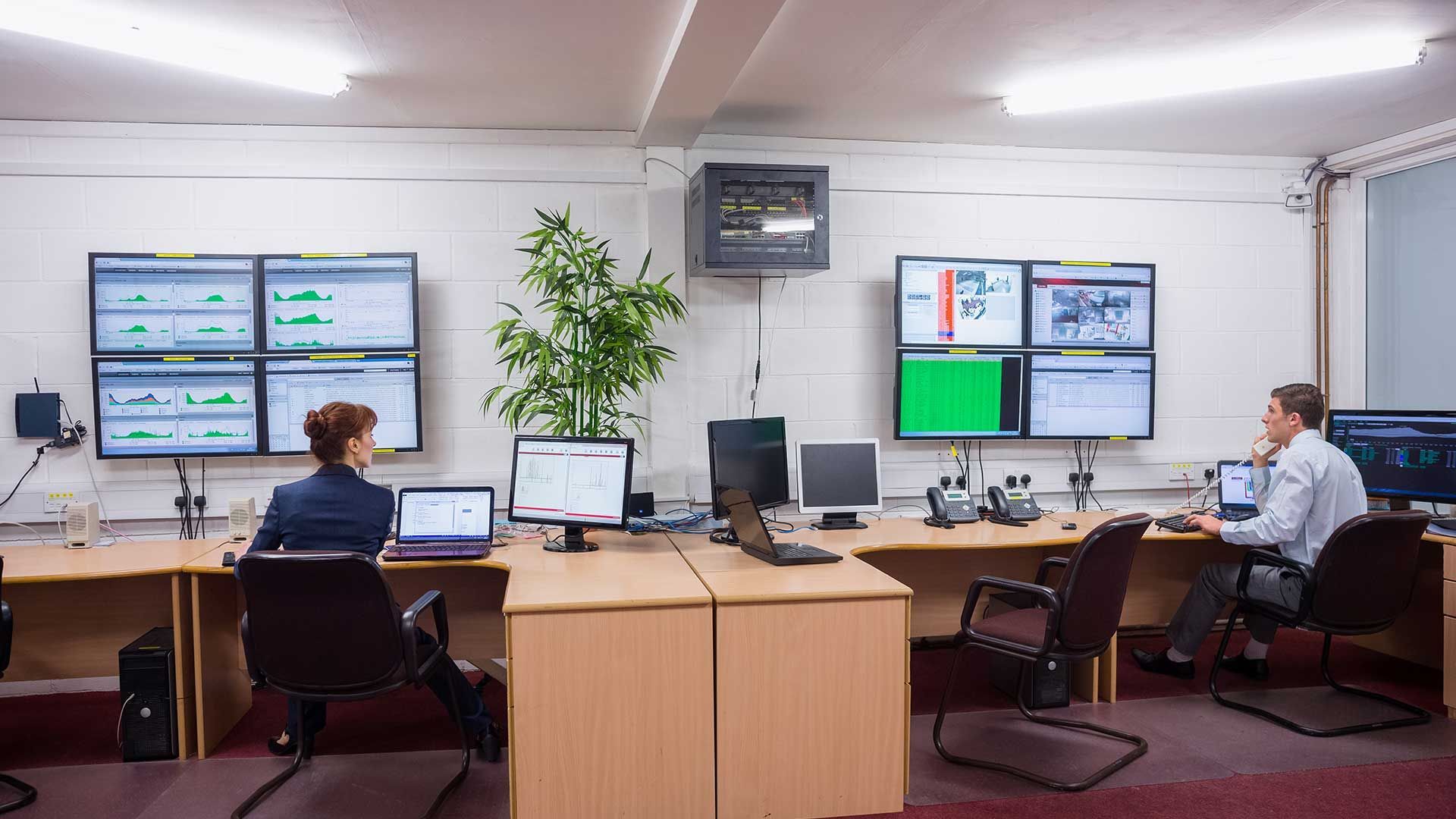Small Business Owners' Tax Prep Checklist: Save Time and Money.
Starting the tax season with a well-prepared tax prep checklist can be a game-changer for small business owners. It's not just about complying with legal requirements; it's also about smart financial management. When you're running a small business, every minute and dollar counts. That's why having a clear, efficient approach to handling your taxes is crucial.
This guide is specially designed to help small business owners navigate the sometimes complex world of taxes. We understand that tax preparation might not be your favorite task, but it's essential for the health and success of your business. By following a comprehensive tax prep checklist, you can save both time and money – two resources that are incredibly valuable for any small business.
Throughout this article, we'll walk you through the key steps and considerations in preparing your taxes. From understanding your business structure to
identifying tax deductions, we aim to simplify the process. This guide will provide you with practical tips to make tax season less daunting, allowing you to focus more on growing your business. Let's dive in and demystify tax preparation for small businesses!
Understanding Your Business Structure and Its Tax Implications
Knowing the type of business you run is the first big step in your tax prep checklist. Every small business, depending on its structure – like being a sole proprietor, part of a partnership, a Limited Liability Company (LLC), or a corporation – faces different tax rules.
If you're a sole proprietor, you and your business are seen as the same by the tax authorities. This means your business's income is your income. It's simpler but could mean more tax when your business grows. In a partnership, you and your partner share the income and the taxes. An LLC offers more flexibility. It can be taxed like a sole proprietorship or a partnership, but with some benefits of a corporation. Corporations are separate from their owners, so they pay their own taxes. This could be good for bigger businesses but might be more complex.
Each structure affects how much tax you pay, what forms you fill out, and what deductions you can take. Understanding this helps you plan better, save money, and avoid mistakes. It’s like choosing the right tools for a job – you need to know what you’re working with to get the best results. This part of your tax prep is all about making smart choices based on your business type.
Essential Records and Documents to Gather
A crucial part of your tax prep checklist is gathering all the necessary documents and records. This step is like putting together pieces of a puzzle – you need every piece to see the whole picture of your business’s finances. Start by collecting all sales records, which show how much money your business made. These can be receipts, bank statements, or invoices. Then, gather your expense records. This includes bills, receipts for supplies, and any other costs that your business had.
If you have employees, you’ll also need payroll information. This includes how much you paid each employee and any taxes you withheld from their pay. If you’re a sole proprietor or in a partnership, you’ll need personal income records as well, since your personal and business incomes are linked.
Keeping these records organized is very important. It’s a good idea to have a system where you keep all these documents in one place, like a folder or a digital file. This makes it easier when you’re ready to do your taxes. Plus, if the tax office ever asks you for these records, you’ll be ready to show them.
Having all your documents ready can also help you find tax deductions, which are like discounts on your tax bill. For example, if you have
receipts for business expenses, you can use them to reduce your taxable income. This step in the tax prep checklist helps you be accurate and might even save you money.
Key Tax Deductions and Credits for Small Businesses
Understanding tax deductions and credits is like finding hidden treasure for small business owners. These are ways to lower your tax bill, and they're a crucial part of your tax prep checklist.
Tax deductions reduce the amount of income you're taxed on. For instance, if your business earns $50,000 and you have $10,000 in deductions, you only pay taxes on $40,000. Common deductions include business expenses like office supplies, travel costs, and even a home office if you work from there. It's important to have records for all these expenses – that's why gathering your documents is a key step.
Then there are tax credits, which are even better than deductions. They reduce your tax bill dollar for dollar. Imagine you owe $1,000 in taxes and have a $200 tax credit; your tax bill goes down to $800. There are various credits available, like for hiring employees from certain groups or using renewable energy.
It’s important to know which deductions and credits your business can use. Some are specific to certain industries or types of expenses. You might not know about all of them, and that’s okay. This is where tax software or a professional can help. They can identify these opportunities for you, making sure you don't miss out on any savings. This part of your tax prep checklist is all about keeping more money in your business, where it can help you grow and succeed.
Estimated Taxes and Quarterly Payments
For many small business owners, estimated taxes and quarterly payments are a key part of their tax prep checklist. This might sound complicated, but it's like planning your budget – you're just doing it for taxes.
Estimated taxes are what you expect to owe in taxes for the year. As a small business owner, especially if you're self-employed, you might need to pay these taxes every few months instead of once a year. This is because you don't have an employer withholding taxes from your paycheck.
Here's how it works: You estimate how much you'll earn and calculate the taxes on that income. Then, you divide this amount into four payments and send them to the tax office throughout the year. These payments are usually due in April, June, September, and January.
Paying your taxes this way helps you avoid a big tax bill at the end of the year. It also helps you avoid penalties for not paying taxes as you earn or receive income. If you're not sure how to estimate your taxes or when to pay them, you might want to ask a tax professional. They can help you figure out the right amounts and dates, making this part of your
tax prep smoother and less stressful.
Employing Tax Software vs. Hiring a Professional
When it comes to tax prep for small business owners, one big decision is whether to use tax software or hire a professional. This choice is like deciding between DIY or calling an expert for a home repair – each option has its pros and cons.
Tax Software:
Pros: It's generally cheaper than hiring a professional. Tax software is user-friendly and designed for people who aren't tax experts. It guides you through the process, asks for all the necessary information, and helps you find deductions and credits. This can be a great choice if your tax situation is straightforward.
Cons: If your business has more complex tax needs, like inventory management or foreign income, software might not be enough. It also can't give personalized advice like a human can.
Hiring a Tax Professional:
Pros: A professional can offer advice tailored to your specific situation. They're up-to-date on the latest tax laws and can handle complex tax issues. They can also represent you in case of an audit. This option can be reassuring if you feel overwhelmed by tax details.
Cons: Cost is the biggest downside. Professionals charge for their services, and the more complex your taxes, the higher the fee. However, for many business owners, the cost is worth it for the peace of mind and potential tax savings.
Your choice will depend on your comfort level with taxes, the complexity of your business finances, and your budget. Some small business owners start with software and switch to a professional as their business grows and becomes more complex. Remember, the goal is to make tax prep efficient and accurate, so choose the option that best fits your needs.
Staying Updated with Tax Law Changes
Keeping up with tax law changes is an essential part of your tax prep checklist. It's a bit like staying on top of the weather forecast – if you know what's coming, you can prepare better and avoid getting caught in a storm. Tax laws can change every year, and these changes can have a big impact on your small business.
First, it’s important to understand that tax laws can change due to new legislation or updates from the tax authorities. These changes might include new deductions, alterations in tax rates, or changes in how certain income is taxed. Staying informed about these changes helps ensure that you're paying the right amount of tax and taking advantage of any new benefits.
There are a few ways to stay updated:
- Check the IRS Website: The IRS regularly posts updates about tax laws and guidelines.
- Newsletters and Publications: Many tax professionals and financial websites offer newsletters that summarize recent tax changes.
- Hire a Professional: If you're working with a tax professional, they can keep you informed about relevant changes.
Remember, staying informed helps you make better financial decisions for your business. It's not just about compliance; it's also about making the most of opportunities to save money and invest in your business's growth. Keeping up with tax laws is an ongoing task, but it’s an important one for the financial health of your small business.
Conclusion and Final Checklist
As we wrap up this guide, remember that efficient tax prep is a crucial part of running a successful small business. By following the steps in this tax prep checklist, you can save time and money, and reduce the stress associated with tax season.
Here’s a quick recap of the key points:
1. Understand Your Business Structure: Knowing how your business is structured helps determine your tax obligations.
2. Gather Essential Documents: Organize all your financial records for easy access and review.
3. Maximize Deductions and Credits: Take advantage of every opportunity to reduce your tax bill legally.
4. Handle Estimated Taxes and Quarterly Payments: Stay on top of these to avoid penalties and large year-end tax bills.
5. Choose the Right Tax Prep Option: Decide whether to use tax software or hire a professional based on your business needs.
6. Stay Informed About Tax Law Changes: Keeping updated can save you money and keep you compliant.
If you find this process overwhelming or if you have specific questions, it's wise to seek professional help.
Valley Tax & Accounting is here to assist you. Our team of tax experts can help simplify your tax preparation process and ensure that you're making the most of your financial opportunities. Feel free to reach out to us at
801-900-3978 for personalized assistance and advice tailored to your business needs.
Remember, good tax preparation is more than just a compliance issue; it's a way to understand your business better and make smart financial decisions. With the right approach, you can turn tax season from a headache into an opportunity for growth and success.
FAQs
-
Do I need to hire a tax professional, or can I use tax software for my small business taxes?
The choice between tax software and a professional depends on your comfort with tax matters and the complexity of your business. If you have a simple business structure and feel confident, tax software might suffice. For more complex situations, or if you're unsure, a tax professional is advisable.
-
How can I stay updated on tax law changes that affect my small business?
Regularly visiting the IRS website, subscribing to tax-related newsletters, and consulting with a tax professional are effective ways to stay informed about tax law changes. Staying updated helps in taking advantage of new deductions or credits and ensures compliance.
-
What are some common tax deductions for small businesses?
Common deductions include office supplies, travel expenses, home office expenses, and certain types of insurance. Each business is unique, so it's important to understand which deductions apply to your specific situation.
-
How do I know if I need to make estimated tax payments for my business?
Generally, if you expect to owe $1,000 or more when your return is filed, you should make estimated tax payments. This is often the case for self-employed individuals, sole proprietors, partners, and S corporation shareholders. Consult a tax professional for personalized advice.
-
Are there any special tax considerations for home-based businesses?
Yes, home-based businesses can take advantage of specific deductions, like the home office deduction, which allows you to deduct a portion of your home expenses if you use part of your home regularly and exclusively for business purposes. Keep detailed records to substantiate these deductions.










